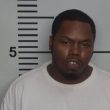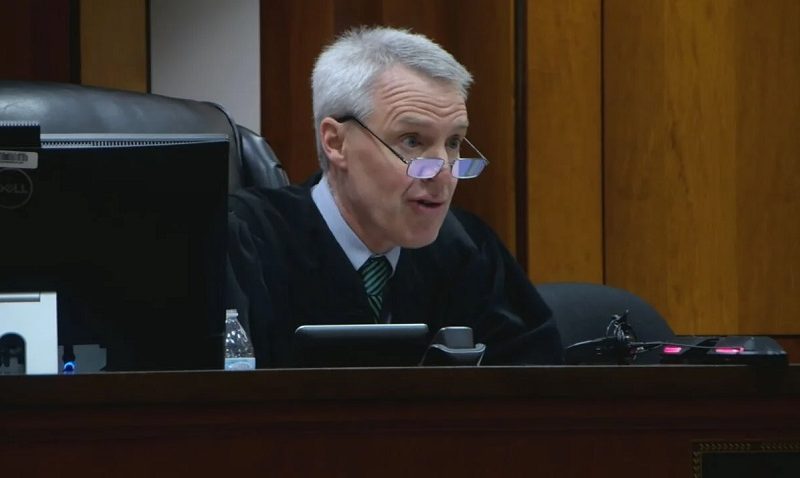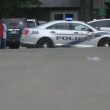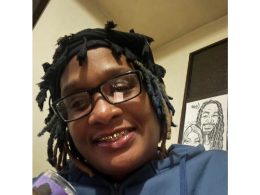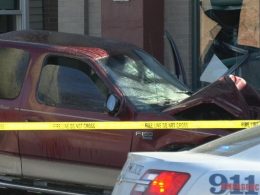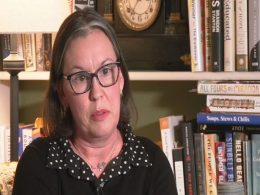LOUISVILLE, Ky. — In just days, Steve Lawson will stand trial in Bowling Green, charged with conspiracy to commit murder in the decade-old disappearance of Crystal Rogers. Rogers vanished nearly 10 years ago and is presumed dead, but her body has never been found.
Greg Simms, a Louisville-based attorney not affiliated with the case, offered insight into the legal complexities surrounding the trial as it prepares to begin Tuesday.
One notable aspect is the decision to ban cameras from the courtroom, a move that surprised Simms given Kentucky’s general allowance for courtroom media coverage outside of federal courts.
“It’s a bit of a surprise to me,” Simms said. “Courts have to allow access to the press, but they don’t necessarily have to allow full access.” He acknowledged the judge’s intention to keep jurors focused and avoid distractions from recordings or live streams.
The charges against Lawson do not include murder itself but conspiracy to commit murder — a distinction that complicates the prosecution’s case. Simms explained, “Conspiracy to commit murder doesn’t require that anybody dies. It requires an agreement and an overt act in furtherance of that agreement.”
Lawson also faces a charge of tampering with physical evidence. According to Simms, this charge hinges on proving that Lawson knowingly altered or destroyed evidence that he believed would be used in the judicial process. He noted that Lawson’s own admissions during grand jury proceedings could suffice to establish this charge.
The trial will proceed separately from those of Brooks Houck and Joseph Lawson, Steve Lawson’s son, who face their own charges related to the case. Simms said separating the trials can benefit defendants by avoiding “guilty-by-association” verdicts and allowing each to contest their level of culpability individually.
“Let’s say the first individual is convicted,” Simms said. “The second individual has the ability to say they’re the one who did it.” Conversely, an acquittal could place significant pressure on prosecutors handling the subsequent trials.
The prosecution’s case is expected to rely heavily on circumstantial evidence and witness testimony, with investigators claiming Lawson has frequently changed his story. Simms pointed out that defense attorneys often seek to undermine witness credibility by examining issues such as substance abuse or mental health, while prosecutors face the challenge of fading memories over time.
He also mentioned the presence of numerous sealed documents in the case, which adds an element of uncertainty about what evidence will be presented.
The venue for Lawson’s trial was moved to Bowling Green in Warren County, a decision intended to provide a jury pool less influenced by extensive local media coverage in Nelson County and Bardstown, where the case originated. Simms said while the case has attracted widespread attention, the change in location “is pretty reasonable” and should help in assembling an unbiased jury.
As the trial unfolds, all eyes will be on how the prosecution navigates these challenges and whether justice can be served in one of Kentucky’s most high-profile cold cases.

